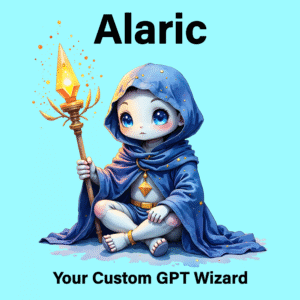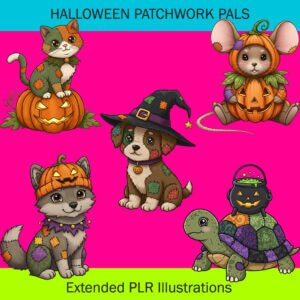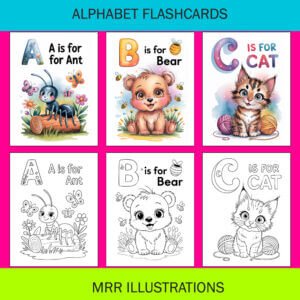Now that you have made the decision to launch your low content book empire – where do you start? Fortunately for all of us, publishing low content books is not that difficult. You can get started pretty easily with a minimal investment.
If you want to get started publishing your first low content book, here are a few tips to help you down the right path:
1. Pick a topic you know
This might seem obvious but creating your first low content book will be easier if it is a niche that you are already familiar with. It could be a hobby that you enjoy, such as knitting or gardening, a daily activity you like, such as cooking or running, or even related to your main business, whether it is real estate or blogging. The point is that you can create planners, journals, logs, cook books or coloring books for just about any topic or niche that you can think of.
By publishing your first low content book in a niche that you are familiar and comfortable with, you will not only get to market quicker but you can also focus more on the publishing process rather than the content creation, making the push to market faster and far less stressful for your first product launch.
2. Precision targeting of your audience
Successful publishing of your low content book is going to be very dependent on how well you can target your content to your market. While you want to make sure that there is a good potential demand for your book, it’s also important to remember that Amazon is basically a giant search engine. Use it to your advantage!
A journal for dog lovers is a great idea but a journal for French Bull Dog owners is more likely to get you in front of a hungry, passionate audience that is likely to buy everything they can find related to their beloved pooches!
The only caveat is to make sure that you are not narrowing your focus too much. French Bull Dog owners is great…left handed French Bull Dog owners? Not so good! Be specific but realistic.
3. Use PLR as ‘seed’ material.
Using high quality Private Label Rights content as the seed material is a great way to jump start the creative process. Take advantage of a good basic template for your planner or journal and then customize with your own ideas. Add graphics, change the headers or slant the text towards a specific niche to make it your own. PLR is a fantastic way to let someone else do the basic design work while you finish up the concept creatively.
4. Spin that content!
Once you have a basic product template, spin it off to multiple niche markets! Leverage the work you’ve done across several topics with a quick change of covers and title pages.
For example, a daily planner for goal setting for the new year could easily be tweaked to become a daily planner for:
• Dieters
• Small business owners
• A planner for people that want to exercise more
• A 30 day challenge planner for people who want to change their life or add new habits to their daily schedule
By building on one idea, you make better use of your time and can make the most out of every segment of any niche you choose to target.
5. Beyond the obvious
Although journals and planners are the best known examples of low content books, the market is really quite vast, with many, many opportunities. Here are some examples of other types of low content/no content books that you might want to consider:
• Cook Books
• Diaries
• Notebooks
• Log Books
• Calendars
• Picture Guide Books
• Children’s Picture/Illustrated Books
6. Companion products
Consider the possibility of a line of low and zero content books or products in the same related design theme. A beautiful floral journal could have a companion planner or note cards and stationary, and even bookmarks to match. A cookbook could have a matching recipe notebook, recipe cards or shopping list notepad. Let your imagination run wild with the possible combinations!
7. When to outsource
As a small business owner, it’s often difficult to know when to outsource, but with low content and zero content books, there are certain aspects that may make outsourcing a necessity rather than an option. One critical component of these types of books are the graphics. Buyers of these types of books are generally going to be looking for very high quality graphics. Unless you have great graphics skills, this is one area that you might want to consider outsourcing.
Also, outsourcing the basic template creation, by purchasing PLR templates, is a great way to expedite the product creation process and lets you get many more products launched in a much shorter period of time.
8. Rinse and Repeat
Keeping notes of the whole process and creating a checklist of the steps involved will make it easy to duplicate your launch process. By creating an easy process flow that you can repeat over and over in new niches, you can quickly create your very own revenue-producing low content book empire!







Hi thanks for this article. I found very helpful and I formative. Cheers 👍🙋♀️
Thank you for sharing. This is a very practical article.
Thank you for what you do.
Beatrice Smith